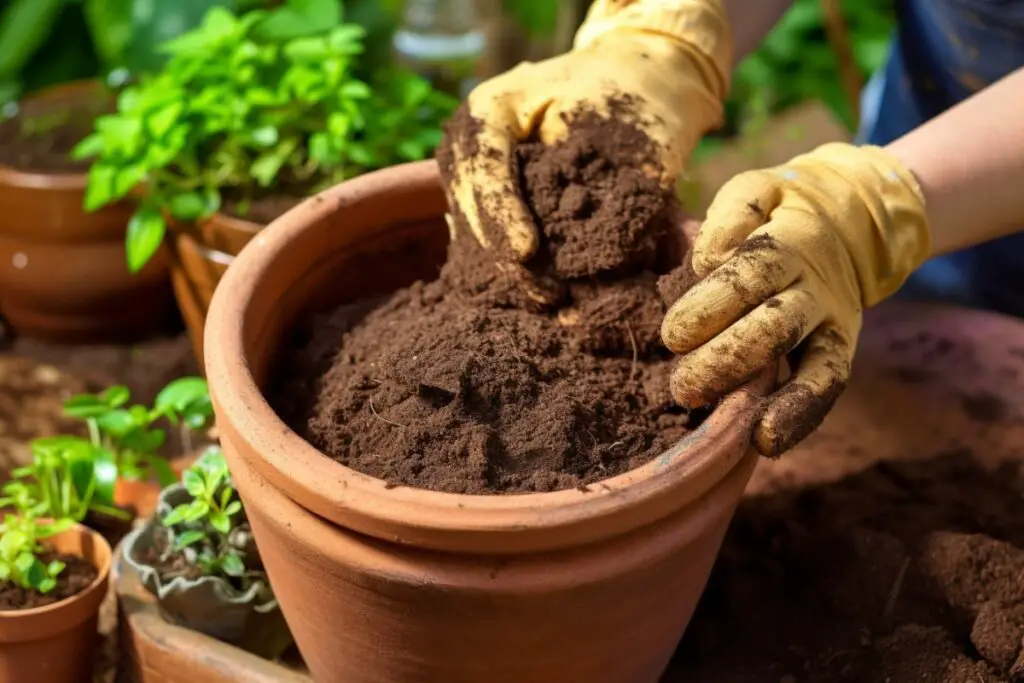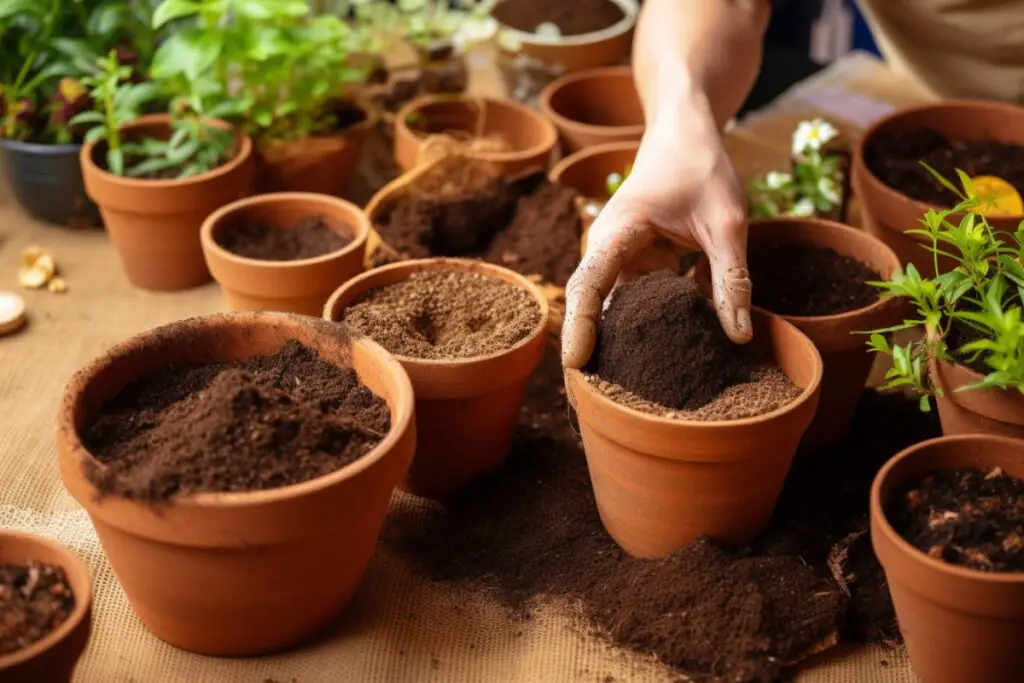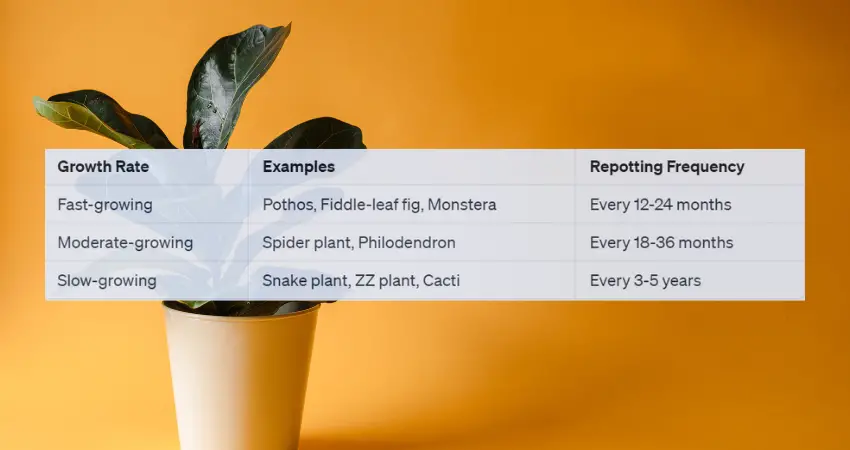Houseplants, with their myriad of species and varieties, grace our living spaces with color, texture, and life. Among the essential aspects of their care is repotting, a practice that not only allows plants to grow but also maintains their health by providing fresh soil and additional space for root development.
According to the National Gardening Association, there are over 30,000 houseplant species, each with its specific needs and optimal repotting schedules. This comprehensive article delves into the best time of year to repot your houseplants, taking into account factors such as seasonal changes, plant types, and growth rates. Moreover, it offers insights into signs that indicate when it’s time to repot and how to adjust repotting schedules to accommodate varying conditions.
With the information provided, you’ll be well-equipped to give your houseplants the care they need to flourish throughout the year.
When is the Best Time to Repot Houseplants?
The optimal time of year for repotting houseplants can significantly impact their growth and well-being. Seasonal factors, such as temperature, sunlight, and humidity, all play a role in determining the best time to transfer your plants to a new pot. Considering all the factors Spring is the best time to repot indoor plants.

Why is Spring the Ideal Season for Repotting Houseplants?
Spring is the perfect season for repotting houseplants for a variety of reasons as follows.
- Growth cycle: In spring, houseplants enter a period of active growth. The increased sunlight and warmer temperatures stimulate the development of new leaves, stems, and roots, making it an ideal time for repotting.
- Sunlight: As the days get longer, plants receive more sunlight, which is essential for their growth and overall health. Repotting during this time ensures that they have adequate resources to support their development.
- Warm temperatures: Spring’s warmer temperatures encourage root growth, making it easier for plants to adapt to their new environment. Repotting in spring allows the plant to take full advantage of the season’s favorable conditions.
However, keep in mind that not all houseplants have the same repotting needs. The type of plant and its specific requirements should also be considered when determining the best time to repot.
How do Different Types of Houseplants Affect Repotting Schedules?
Various houseplant varieties come with their own unique set of repotting needs. To ensure your plants thrive, it’s essential to understand their specific requirements and tailor your repotting schedule accordingly.

Popular Houseplant Varieties and Their Repotting Needs
Here are some popular houseplant varieties and their general repotting guidelines:
- Pothos: This fast-growing plant benefits from repotting every 12-18 months, preferably in spring.
- Snake plant: A slow-growing plant, snake plants typically only need repotting every 2-3 years.
- Spider plant: These plants grow moderately fast and should be repotted every 18-24 months.
- Fiddle-leaf fig: As fast growers, fiddle-leaf figs may need repotting as often as every year or at most, every 2 years.
Remember, these guidelines are not set in stone, and it’s essential to monitor your plant’s health to determine when it’s time for a change.
What are the Signs that Your Houseplant Needs Repotting?
It’s crucial to watch for indications that your houseplant may need repotting. Some telltale signs include:
- Roots outgrowing the pot: If you notice roots growing out of the drainage holes or wrapping around the soil surface, it’s time to repot.
- Stunted growth: A plant that has stopped growing or has slowed down significantly may be root-bound and in need of a larger pot.
- Soil degradation: Over time, potting soil can become compacted, reducing its ability to hold water and nutrients. If the soil in your plant’s pot appears dense or crusty, it’s time to repot with fresh soil.
- Frequent watering needs: A plant that requires more frequent watering than usual may be root-bound, as the roots are taking up more space and leaving less room for water retention. If you find yourself watering your plant more often than before, consider repotting.
- Yellowing leaves: While yellow leaves can be a sign of various issues, if you’ve ruled out other causes such as overwatering or nutrient deficiencies, it may be time to repot.
By keeping an eye on your plant’s health and monitoring these signs, you can determine when it’s time to give your houseplant a new home.
How Does Repotting Frequency Vary Among Houseplants?
Not all houseplants grow at the same rate, which means that their repotting frequency can differ. Understanding the growth rate of your plants will help you create a tailored repotting schedule that caters to their individual needs.
Fast-Growing vs. Slow-Growing Plants
Fast-growing plants tend to require more frequent repotting as they quickly outgrow their pots. These plants may need repotting every year or, at most, every two years. Examples include pothos, fiddle-leaf figs, and monstera.
On the other hand, slow-growing plants typically need repotting every 2-3 years or even longer, as their growth rate is more gradual. Examples of slow-growing plants are snake plants, ZZ plants, and some cacti.
Guidelines for Repotting Frequency
While it’s essential to monitor your plant’s health and adjust the repotting schedule accordingly, the following general guidelines can help you get started.
- Fast-growing plants: Repot every 12-24 months
- Moderate-growing plants: Repot every 18-36 months
- Slow-growing plants: Repot every 3-5 years
Check the below table for a quick overview.

Monitoring and Adjusting Your Repotting Schedule
Keep in mind that these guidelines are not definitive, and factors such as light, temperature, and humidity can impact your plant’s growth rate. Continuously monitor your plants and adjust their repotting schedules based on their individual needs and the signs they exhibit.
How to Adapt Your Repotting Schedule for Seasonal Changes?
Seasonal changes can affect the growth of houseplants, making it essential to adapt your repotting schedule accordingly. By recognizing the effects of seasonal changes on your plants and adjusting their repotting schedules, you can ensure they thrive year-round.
Indoor Temperature, Humidity, and Light
Indoor conditions such as temperature, humidity, and light can change with the seasons, impacting your houseplants’ growth. During the colder months, when indoor heating reduces humidity and sunlight is less abundant, your plants may grow more slowly. Conversely, in the warmer months, increased humidity and sunlight can stimulate growth.
Adjusting Your Repotting Schedule
To accommodate for these seasonal changes, you may need to adjust your repotting schedule. For instance, if you notice your plant’s growth slowing down during the winter months, consider waiting until spring to repot. However, if your plant shows signs of needing repotting during the off-season, it’s crucial to address the issue promptly.
In conclusion, repotting houseplants at the right time of year is essential for maintaining their health and ensuring they continue to thrive. By understanding the optimal repotting schedule for your specific plants and monitoring their growth, you can help your houseplants flourish in any season.
